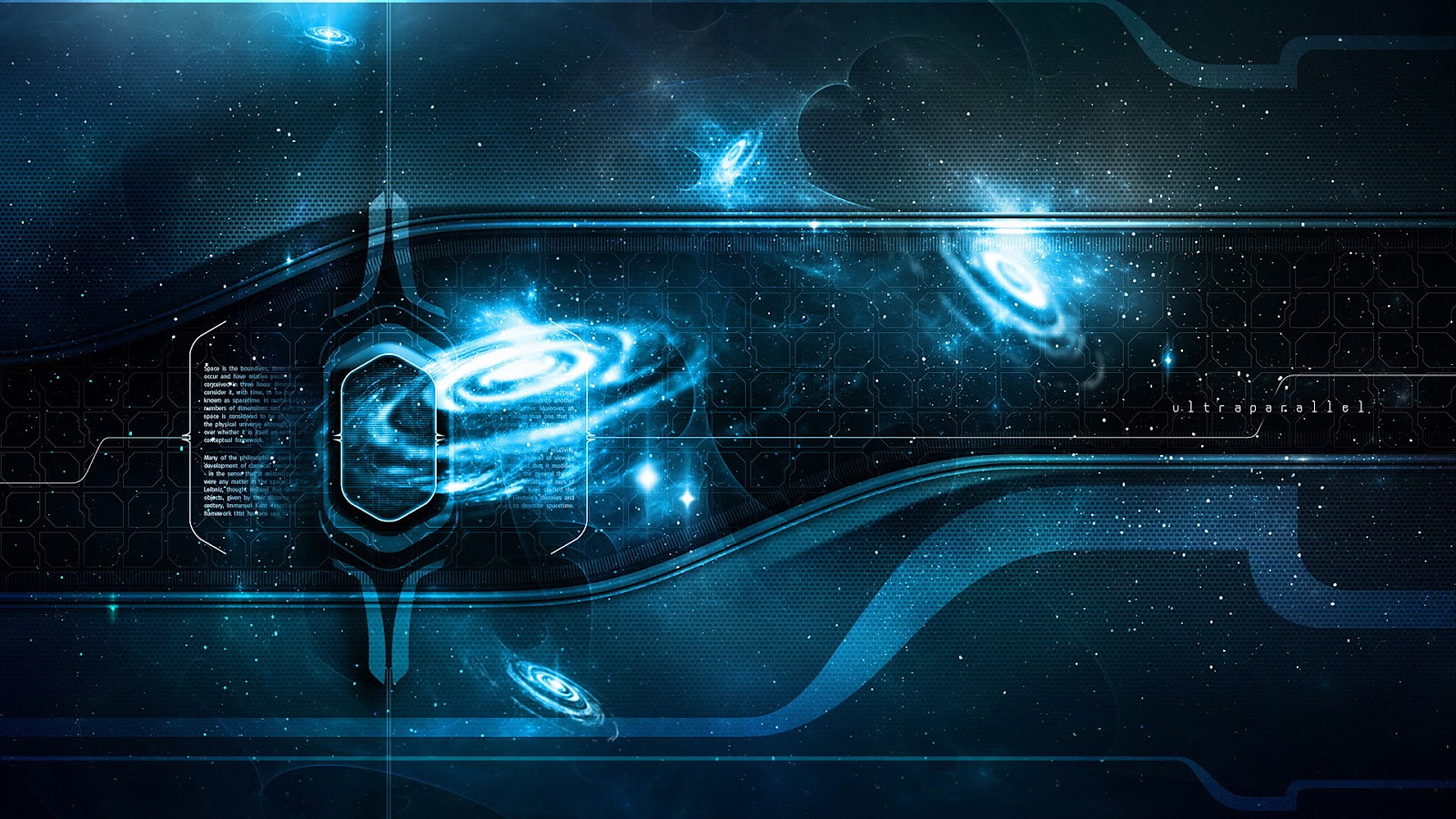We’re thrilled to say bonjour to the Dunant submarine cable system, which has been deployed and tested and is now ready for service. Crossing the Atlantic Ocean between Virginia Beach in the U.S. and Saint-Hilaire-de-Riez on the French Atlantic coast, the system expands Google’s global network to add dedicated capacity, diversity, and resilience, while enabling interconnection to other network infrastructure in the region. It’s named in honor of Swiss businessman and social activist Henry Dunant, the founder of the Red Cross and first recipient of the Nobel Peace Prize. The historic landing was made possible in partnership with SubCom, a global partner for undersea data transport, which engineered, manufactured and installed the Dunant system on schedule despite the ongoing global pandemic.
Delivering record-breaking capacity of 250 terabits per second (Tbps) across the Atlantic
As we shared when we originally announced the Dunant cable, Dunant is the first long-haul subsea cable to feature a 12 fiber pair space-division multiplexing (SDM) design, and will deliver record-breaking capacity of 250 terabits per second (Tbps) across the ocean—enough to transmit the entire digitized Library of Congress three times every second. Increased cable capacity is delivered in a cost-effective manner with additional fiber pairs (twelve, rather than six or eight in past generations of subsea cables) and power-optimized repeater designs. While previous subsea cable technologies relied on a dedicated set of pump lasers to amplify each fiber pair, the SDM technology used in Dunant allows pump lasers and associated optical components to be shared among multiple fiber pairs. This ‘pump sharing’ technology enables more fibers within the cable while also providing higher system availability.
Transforming businesses in the cloud worldwide
The power and capacity of our infrastructure plays an important role in Google’s mission to make the world’s information more accessible and useful, and in Google Cloud’s role in transforming businesses in the cloud worldwide.
This means organizations can:
-
Run their apps where they need them with open, hybrid, and multi-cloud solutions so their developers can build and innovate faster, in any environment, without being forced into a single vendor solution.
-
Get smarter and make better decisions with the leading data platform with machine learning and advanced analytics capabilities that helps them maximize the insights they derive from their data.
-
Run on the cleanest cloud in the industry, on tools and technologies that will foster a carbon-free future for everyone and enable them to reduce their carbon footprint.
-
Operate confidently with advanced security tools that protect their data, applications, and infrastructure—as well as that of their customers—from fraudulent activity, spam, and abuse.
-
Transform how their people connect and collaborate, with all the digital tools they need to do their best work, whether at home, at work, or in the classroom.
-
Save money, increase efficiency, and optimize spend—from reducing time spent on platform management with Anthos to saving up to 32% migrating your applications to Google versus running them on-prem.
-
Get customized industry solutions that tackle their toughest challenges—retail, CPG, financial services, manufacturing, media, entertainment and telco, gaming, public sector, and healthcare and life sciences, you name it.
Looking ahead
This work is part of our ongoing efforts to build a superior cloud network for our customers, with well-provisioned direct paths between our cloud and our customers. The Google Cloud network consists of fiber optic links and subsea cables—which will soon include the Grace Hopper subsea cable—between 100+ points of presence, thousands of edge node locations, 100+ Cloud CDN locations, 91 dedicated interconnect locations and 24 GCP regions, with additional regions announced in places like Chile, Spain, Italy France and Poland. All of this means better reliability, speed and security performance as compared with the nondeterministic performance of the public internet, or other cloud networks. And while we haven’t hastened the speed of light, we’re still very much hard at work at bringing you a better and faster cloud.
Learn more about our infrastructure and data centers.






